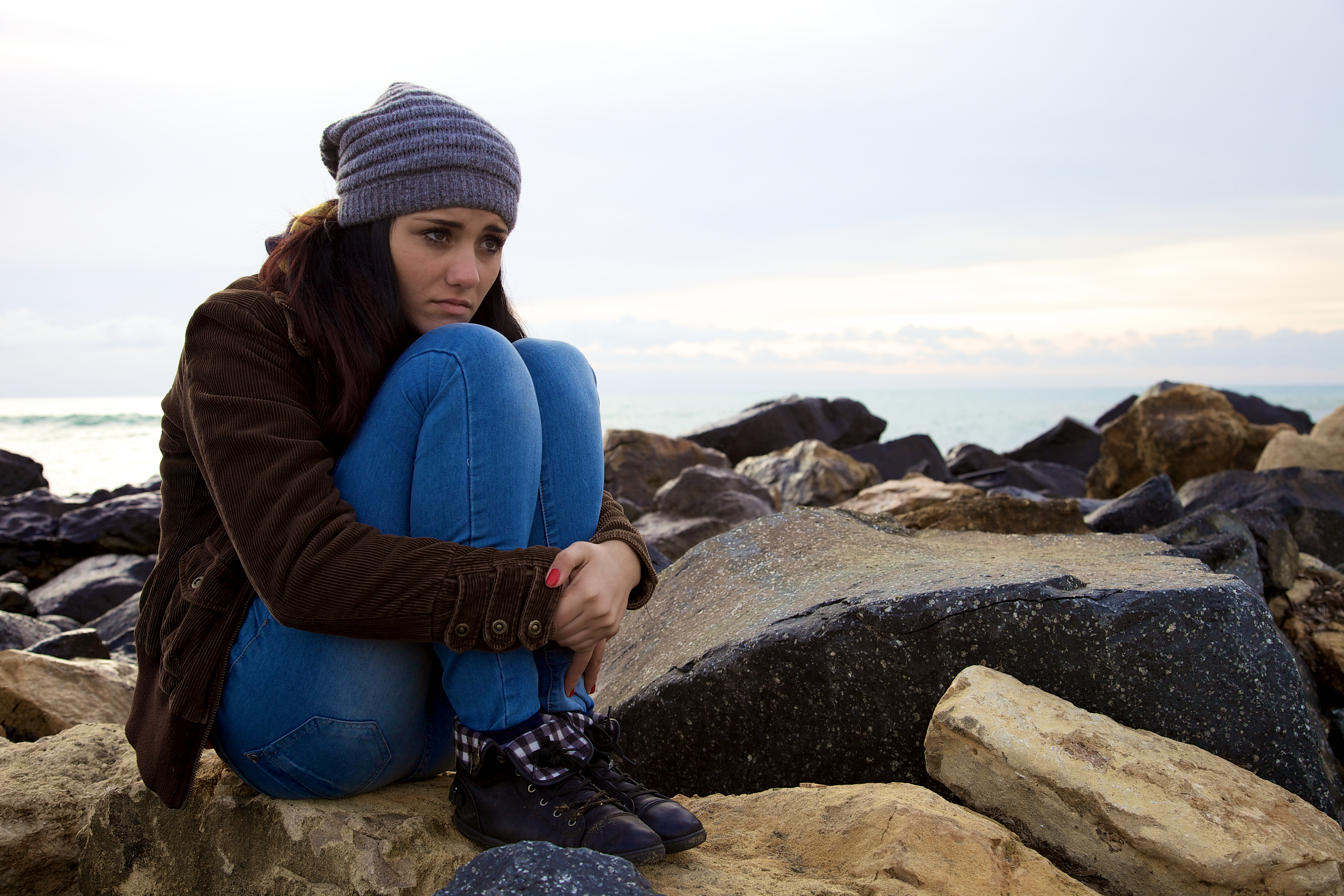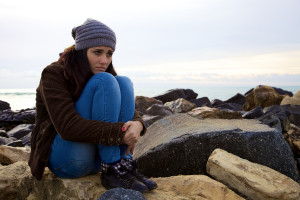Psychotherapy for Seasonal Affective Disorder

Most people associate the holidays and winter as a festive time full of parties and revelry. However, this can also be a time of sadness for some people.
While some reminisce about the things they miss, others suffer from Seasonal Affective Disorder (SAD). According to recent reports, over 14 million Americans suffer from the condition.
SAD is a result of people not receiving enough sunlight in their day. Due to that combined with the cold weather, it produces a chemical change in their makeup that depresses them.
Fortunately, new research has shown ways to reduce the effects of SAD.
research has shown ways to reduce the effects of SAD.
According to a University of Vermont study conducted on over 177 subjects compared how SAD patients reacted to either light therapy -— “timed, daily exposure to bright artificial light of specific wavelengths using a light box†or cognitive behavioral therapy (CBT).
What the University of Vermont researchers discovered was that 46% of those who received traditional light therapy had a recurrence of depression within 2 years of the treatment.
Comparatively, only 27% of CBT subjects had another episode of depression within 2 years of the treatment.
Kelly Rohan, a University of Vermont psychology professor stated, “Adhering to the light therapy prescription upon waking for 30 minutes to an hour every day for up to five months in dark states can be burdensome.â€
Nowhere was this more poignant than when the study revealed how only 30% of light therapy subjects still used the therapy 2 years later.
Like traditional medications, you have to continuously use the therapy in order to see the benefits. However, because many of the subjects stopped taking the light treatment, its effectiveness as a long-term strategy was muted.
CBT, on the other hand, teaches people to remove the negative thoughts from their lives. Instead of putting a Band-Aid on the problem, cognitive behavior therapy looks at the root cause.
Generally, people who have SAD have reduced energy and depression. This can be a serious challenge to their ability to function. Cognitive Behavior Therapy works to fight this at the root of the cause.
It is why CBT produces longer-term results. When you understand the problem, you can fight through it better.
Final Thoughts
If you are looking to combat seasonal affective disorder, then take a look at using psychotherapy for a long-term solution to your problems. CBT specifically helps you understand why these feelings come up during the winter.
Feel free to call our office at 847-824-8366 if you have any questions about how to not be SAD in the winter.



